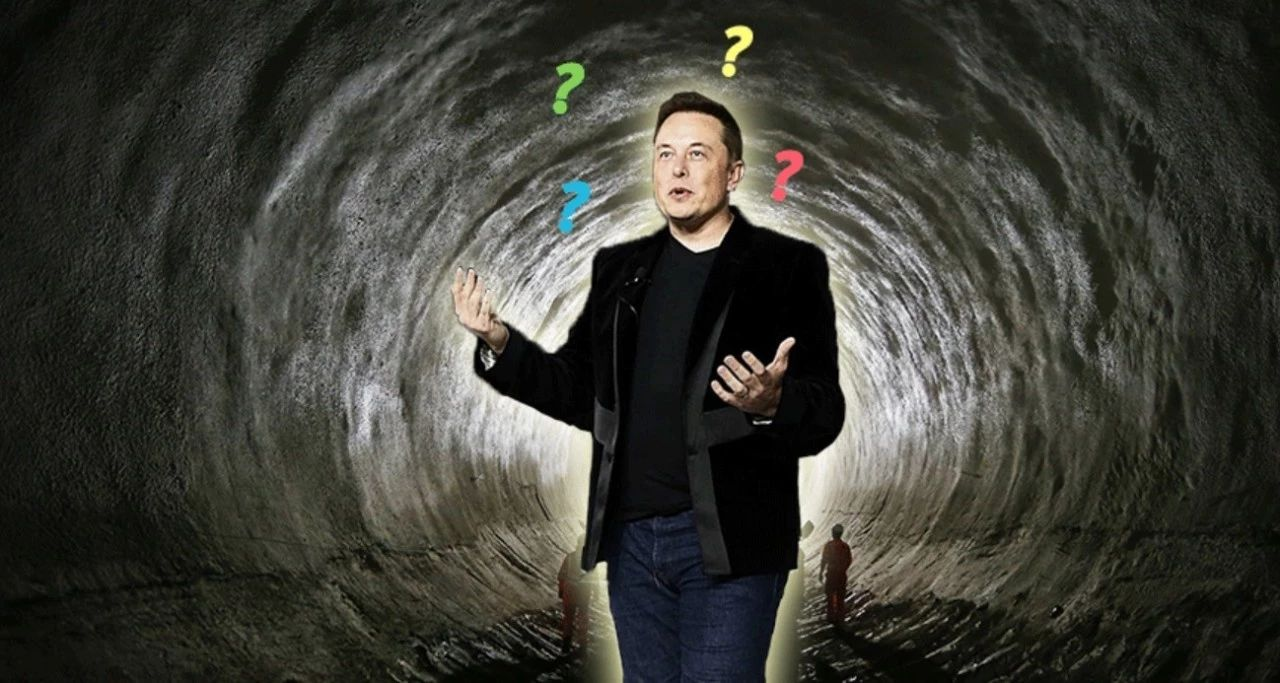The Boring Company’s press conference has been over for several days now. As the CEO of the company is Elon Musk, most of the public perceives The Boring Company to be a pioneering company that will reshape the competitive landscape of the industry, like SpaceX and Tesla.
There have been many reports on the press conference itself. This article will demonstrate from a technological aspect whether this company is the next Tesla or the next super-high-speed train, Hyperloop, or simply an open-source project of Elon’s wild imagination.
Origin
I was skeptical about The Boring Company’s tunnel transportation network plan for a long time.
The reason for the establishment of this company is well known. On December 17, 2016, Elon tweeted that he was being driven crazy by traffic jams and he was going to build a tunnel for himself by making a digging machine.
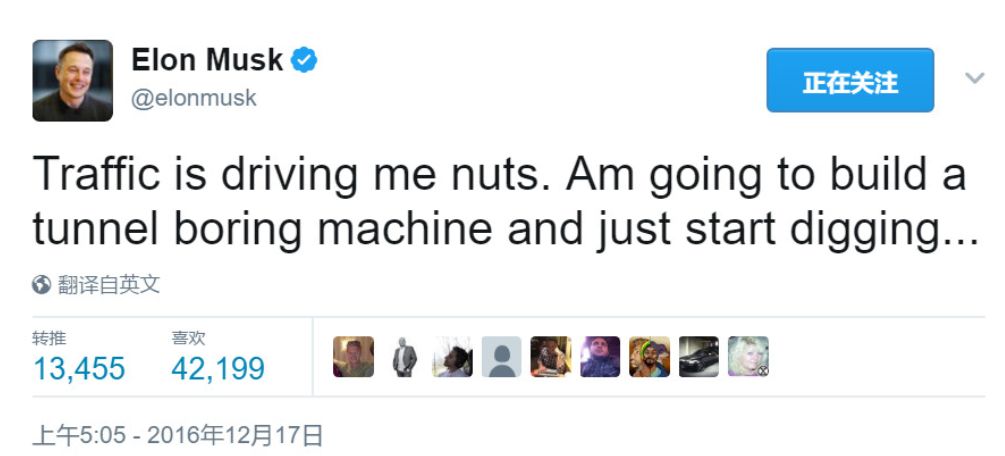
Not long after that, he added the word “Tunnels” to his Twitter signature, alongside Tesla, SpaceX, and OpenAI. He also bought the domain name “BoringCompany.com”.
But to be honest, this doesn’t prove anything. Those who are familiar with Elon should remember that he also said on Twitter that he would sell Teslaquila (a Tesla-themed tequila), start a candy company to beat See’s Candies owned by Berkshire Hathaway, and create a media credibility tracking website called Pravda.
I am more inclined to believe that this is an idea that came to mind of a workaholic who serves as CEO and core management of five companies simultaneously and works more than 100 hours a week, stuck in the terrible traffic flow of Los Angeles.
The future of this project has turned out better than my expectations, but there are still too many uncertainties.
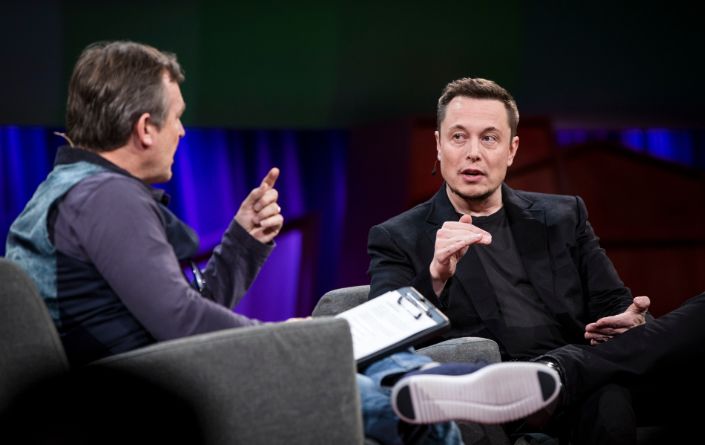 On April 28, 2017, TED released the annual dialogue between Elon Musk and TED founder Chris Anderson. During the discussion, Musk mentioned that he only invested 2%-3% of his energy in The Boring Company project, and the company’s main equipment was a second-hand tunnel boring machine, staffed by interns and some part-time workers…
On April 28, 2017, TED released the annual dialogue between Elon Musk and TED founder Chris Anderson. During the discussion, Musk mentioned that he only invested 2%-3% of his energy in The Boring Company project, and the company’s main equipment was a second-hand tunnel boring machine, staffed by interns and some part-time workers…
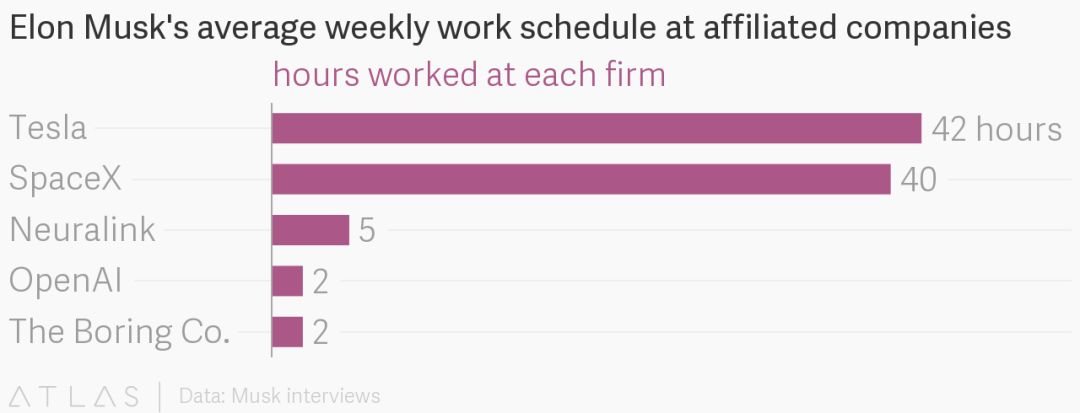
Later, some good-natured media outlets sorted out Elon’s work schedule, which means that he only spends 2 hours a week on this tunnel project. Even he admitted that “it was just for play” in the beginning.
But this “just for play” project suddenly held a press conference. I think it’s time to re-examine this project.
The Great Plan equal to Tesla and SpaceX
On December 14th, last Friday, Tesla suddenly sent out an invitation to The Boring Company Tunnel Event. I collected Elon Musk’s explanations and investments about this project and finally confirmed that this is a key project equal to Tesla and SpaceX.
It’s not me saying it’s equal to Tesla and SpaceX, but it’s Elon himself who said it.
In April 2017, The Boring Company announced that the starting point of the first tunnel was located next to Elon’s office at SpaceX headquarters. So when asked if The Boring Company was a subsidiary of SpaceX, Elon’s reply was: “It’s on par with Tesla and SpaceX, it’s a completely independent company.”
Now let’s look at the funding. In January 2018, The Boring Company completed its first round of financing of $125 million. As a comparison, Tesla’s first round of financing was only $6.5 million that year, and SpaceX’s first external financing was only $20 million.
Of course, the endorsement of Elon’s personal commercial credit, which owns over 90% of the shares, undoubtedly played a big role in raising the billion-dollar first round of financing. But what I want to say is that raising $125 million is obviously not “just for play”.Below are the executives responsible at SpaceX and Tesla:
- Gwynne Shotwell serves as President and COO at SpaceX.
- JB Straubel is CTO, Jerome Guillen is President of Automotive at Tesla, and they serve as Elon Musk’s right-hand men.
- Steve Davis serves as President of The Boring Company.
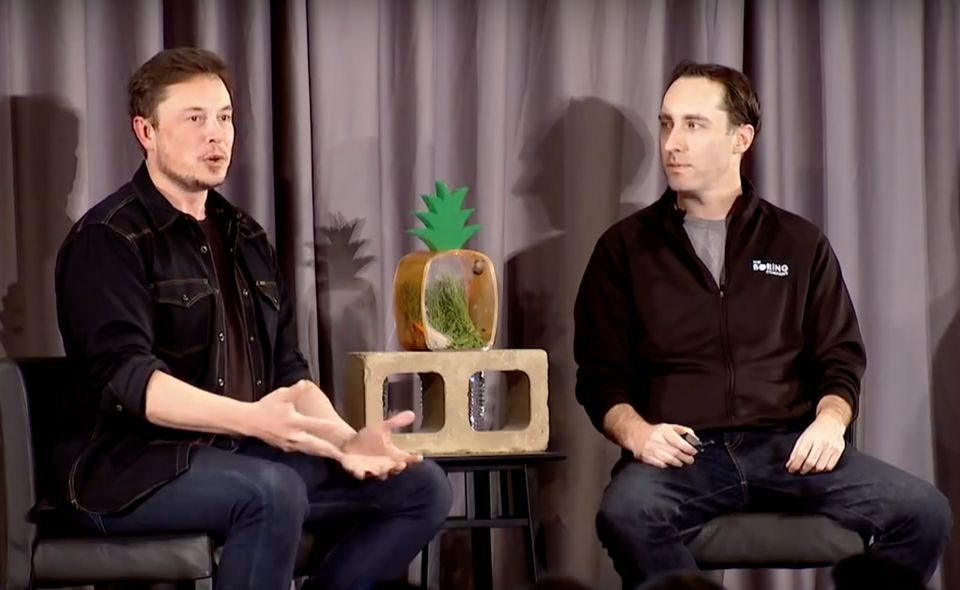
Steve Davis is important to highlight, as understanding his background can help understand how The Boring Company will operate. Steve Davis, President of The Boring Company, is an interdisciplinary engineer. His main work experience includes being a former SpaceX rocket scientist and lead for the Falcon rocket guidance system project.
What is worth emphasizing about him is not just his accomplishments in rocket engineering, but rather his level of interdisciplinary expertise. How interdisciplinary is he? The following is a list of degrees he obtained:
- Bachelor’s degrees in Finance and Mechanical Engineering from the University of Pennsylvania
- Bachelor’s degree in Particle Physics from Durham University in the UK
- Bachelor’s and doctoral degrees in Aeronautical and Astronautical Engineering from Stanford University
- Doctorate in Economics from George Mason University
Why is it important to be interdisciplinary? If you think carefully about the material engineering team jointly established by Tesla and SpaceX, and the scientists at Neuralink who understand both medicine and computer science, as well as precision manufacturing, you will find that what is common to all of Elon’s R&D and engineering teams is that they all have interdisciplinary expertise.
Think about Elon Musk himself. Wait But Why said he is proficient in aerospace engineering, mechanical engineering, electronic engineering, software engineering, and many secondary subjects (aviation electronics, power electronics, structural engineering, jet propulsion technology, energy storage, artificial intelligence). In fact, interdisciplinary expertise is the foundation for thinking from first principles.
Only when you have enough professional knowledge about all the disciplines involved in an industry (such as tunnels), can you have the opportunity to restructure the entire industry from scratch.
To give an example, how was the Tesla electric truck produced?> If you want to make a truck, then it must be able to reliably move cargo from one location to another, and you must follow existing laws of physics. Everything else is negotiable, including government regulations. As long as you remember that the goal isn’t to reinvent the truck, but to create the best one, whether or not it’s similar to past trucks.
如果你想要打造一款卡车,那它必须能够可靠地将货物从一个地方运输到另一个地方,你要做的是遵循现有的物理定律,其他一切都不重要,包括政府法规。 你要记住一点:目标不是重新发明卡车,而是创造最好的卡车,无论它与过去的卡车是否类似。
This paragraph was said by Jerome Guillen, the person in charge of Tesla’s truck project. Do you understand it? Elon Musk’s team’s philosophy regarding research and development and engineering is to follow the most basic principles of physics, disregarding the constraints of existing competitors and even laws and regulations.
Now, let’s move on to the tunnel itself. Why dig tunnels? And how should tunnels be built?
The Boring Company
One day when Elon was stuck in traffic in Los Angeles, he not only tweeted about digging tunnels but also had an epiphany about why traffic exists and how to solve it. He later posted these questions and answers on The Boring Company’s official website. I have sorted them out to help us better understand the technical feasibility of tunnel transportation networks.
The first question is: why dig tunnels? Because traffic congestion is too severe. But why does congestion occur? Here is Elon’s explanation:
From a broad perspective, high-rise buildings on land are three-dimensional, so a small area can accommodate many people. Meanwhile, all roads are two-dimensional. When everyone enters three-dimensional high-rise buildings through two-dimensional roads at the same time, excessive human and vehicular traffic is the fundamental cause of traffic congestion during peak commuting hours.
Therefore, the only way to solve traffic congestion is to increase the capacity of the road network to match that of high-rise buildings, turning the road network into a three-dimensional space.
Continuing on, there are only two routes to solve traffic congestion and to make roads three-dimensional: flying cars or multi-layer underground tunnels.This is an interesting question. Elon Musk, the founder and CEO of SpaceX, logically should develop flying cars. However, Elon’s point of view is that flying cars have several inherent drawbacks: they are greatly affected by weather factors and produce a lot of noise. Furthermore, hovering airplanes above one’s head can cause anxiety.
Compared to flying cars, tunnels have the following advantages:
- They provide natural protection against storms and weather, enabling travel without being restricted by weather factors.
- The construction and operation of tunnels will not adversely affect people’s production and living on land.
- There is no technical limit to how many layers of tunnels can be built. They can be dug deep enough to solve the traffic problems in the most congested areas.
- There is a vast underground space that does not need to be divided into communities according to operating routes and barriers.
So, we’ve basically explained why tunnels need to be built. The next question is how to build them. Steve Davis, the genius responsible for revolutionizing the tunnel transportation industry, now takes center stage.
According to Elon, tunnel construction costs are very, very high, with some projects costing up to 1 billion dollars per mile. Therefore, in order to advance the tunnel transportation plan, The Boring Company must reduce construction costs by at least 10 times.
How do we reduce tunnel construction costs? Once again, we follow the most basic principles of physics, ignoring the constraints of existing competitors and even laws and regulations.
First, we need to significantly reduce the tunnel diameter. Currently, even a one-way tunnel has a diameter of at least 28 feet. However, The Boring Company plans to reduce tunnel diameter to 14 feet or less. Based on calculations, reducing the diameter by half can reduce construction costs by 1/4 to 1/3 of the original cost.
Next, we need to develop our own tunnel boring machine.
The tunnel unveiled at the press conference was constructed jointly by a second-hand tunnel boring machine called Godot and The Boring Company’s newly-developed Line-storm tunnel boring machine.
Godot’s speed is extremely slow, with a snail moving 14 times faster than it does. Furthermore, Godot only spends 50% of its time digging tunnels, with the remaining 50% wasted on tunnel support structure construction.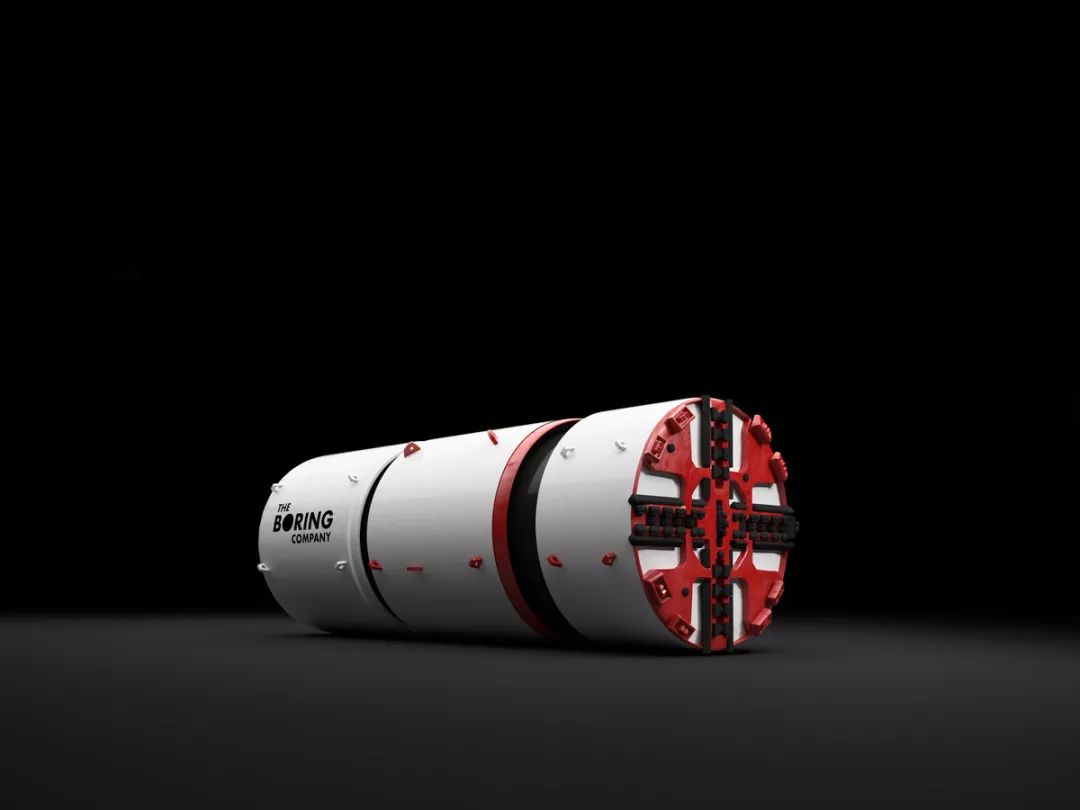
The major feature of the Line-storm tunnel boring machine developed by The Boring Company is the continuous excavation of tunnels. In addition, unlike Godot which requires multiple operators, Line-storm has an automated concrete pouring process and workers can operate it using an XBOX controller, improving efficiency and safety at the same time.
As a result, this 1.83 km tunnel was built with only 10 million dollars.
However, according to official calculations, the output power of the boring machine can be increased threefold (with an appropriate upgrade to the cooling system) and The Boring Company plans to switch from diesel engines to electric motors to lower energy consumption.
The second generation of the self-developed Prufrock tunnel boring machine will have all of the above features and is already on the way.
Another cost-saving measure was taken towards the transportation of excavated soil. The transportation of excavated soil in traditional tunnel construction is expensive, time-consuming, and generates a lot of noise and pollution. The Boring Company turns the soil into bricks needed for tunnel construction and lowers construction costs.
As for the excess bricks… In July of this year, Elon established a company called The Brick Store LLC, responsible for selling the bricks made from the soil excavated by The Boring Company and further reducing costs.
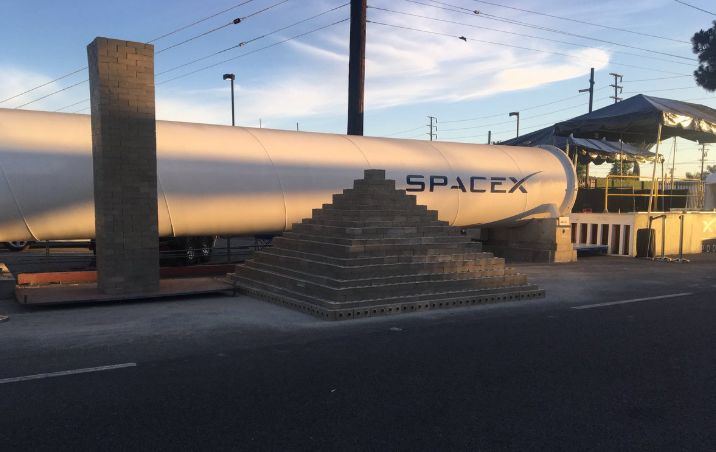
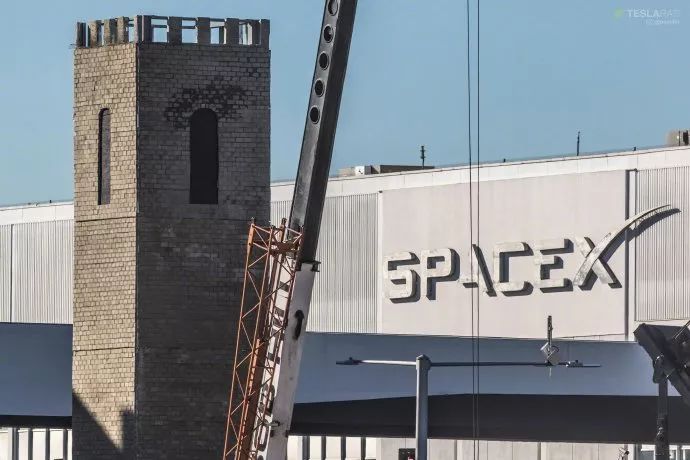
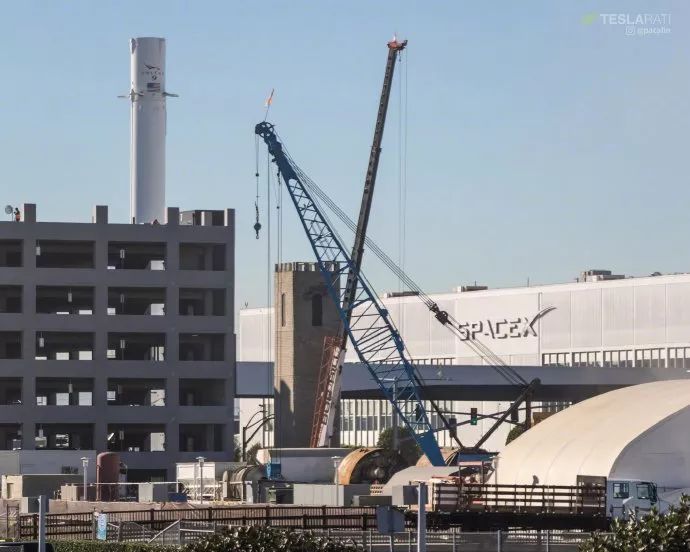 Vertical integration and closed loop industrial chain are the characteristics of all of Elon’s companies.
Vertical integration and closed loop industrial chain are the characteristics of all of Elon’s companies.
Loop? Subway? Hyperloop?
After all this talk, isn’t this so-called Loop tunnel just a smaller and cheaper subway?
The Boring Company official website has made the following explanation.
Loop tunnel is a “high-speed” public transportation system, more like an underground highway than a subway system. By entering/leaving the main tunnel through a side tunnel, passengers can go directly to their destination without stopping.
If a subway has 100 stations, it will stop at every station, so the journey from station 1 to station 100 is very long. In the case of Loop tunnel, passengers can go directly from station 1 to station 100 without stopping.
Therefore, the average speed of Loop tunnel vehicles is close to their maximum speed, while the average speed of a subway is far lower than its maximum speed. A subway may be able to run at 65 miles per hour, but its average speed may be only 20 miles per hour, which will further decrease as more intermediate stations are added.
Driving at a speed of 150 miles per hour, the autonomous vehicles in Loop tunnels are much faster than traditional subways.
In addition, there is no problem of vehicle queuing to enter the tunnel, as is the case with crowded subways.
According to the official statement, there is no actual upper limit to the number of stations built along the Loop tunnel route, because the stations are very small (the size of two parking spaces).
Before quickly merging into the main tunnel, autonomous vehicles will first descend to the “branch line” or side tunnel. Because the station occupies a small area, it can be easily integrated into busy city centers, parking lots, and residential communities.
High-density stations will help reduce congestion by distributing traffic between multiple access points and providing more convenient entry and exit locations. At the same time, larger stations can be built to increase throughput to specific central locations.
The number of layers in the tunnel has no actual upper limit, which makes the Loop tunnel system itself always capable of providing services for each station.
Rather than saying that the Loop tunnel is a high-end subway, it is better to say that it is a low-end hyperloop, a super high-speed train.
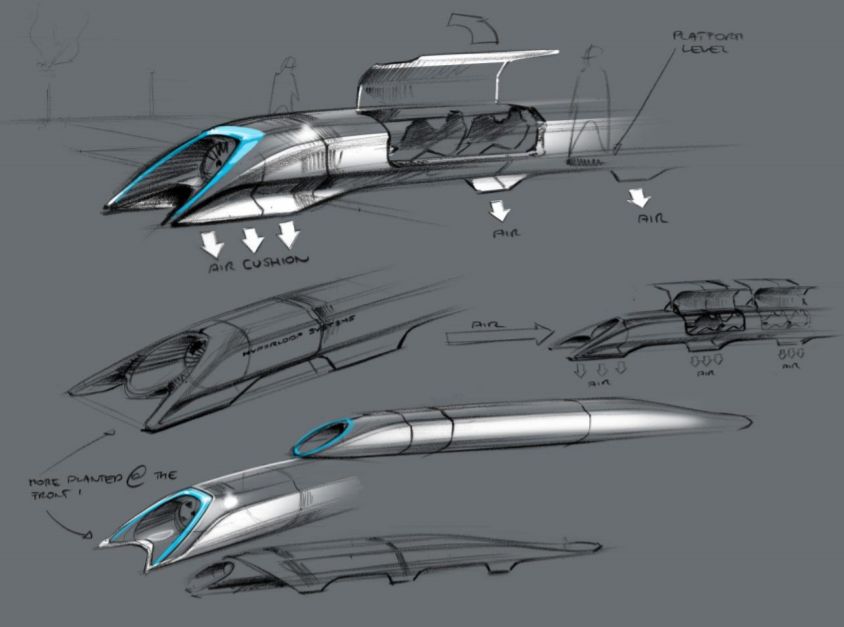
Everyone is familiar with the super high-speed train, Hyperloop. In 2013, after open-sourcing the technology solutions and business plan of Hyperloop, Elon gave up the practical operation by claiming to focus on Tesla and Space X, and called on other entrepreneurs and scientists to commercialize it.But in July 2017, with the progress of The Boring Company project, Elon registered the Hyperloop trademark through Space X and started to independently develop the super high-speed rail. At that time, The Boring Company issued a statement saying that “we encourage and support all companies committed to the development of Hyperloop, and will not prevent them from using this name.” The choice of independent research and development is just because “we hope to accelerate the landing of this technology as soon as possible.”
According to The Boring Company, the Loop with a speed of 250km/h is positioned for short-distance travel without the need to create a vacuum environment to reduce resistance, while the Hyperloop with a speed of up to 1000km/h in a vacuum pipe will cover medium and long-distance travel scenarios.
It can be understood that Tesla is responsible for making cars, and The Boring Company is responsible for making roads. This is Elon’s layout in the field of surface transportation.
The plan is grand, but there is no doubt that there are countless challenges in the landing process of the tunnel transportation network, and Elon has zero understanding of the tunnel transportation industry before.
However, 15 years ago, he also had zero understanding of the two major industries of intelligent electric vehicles and aerospace.
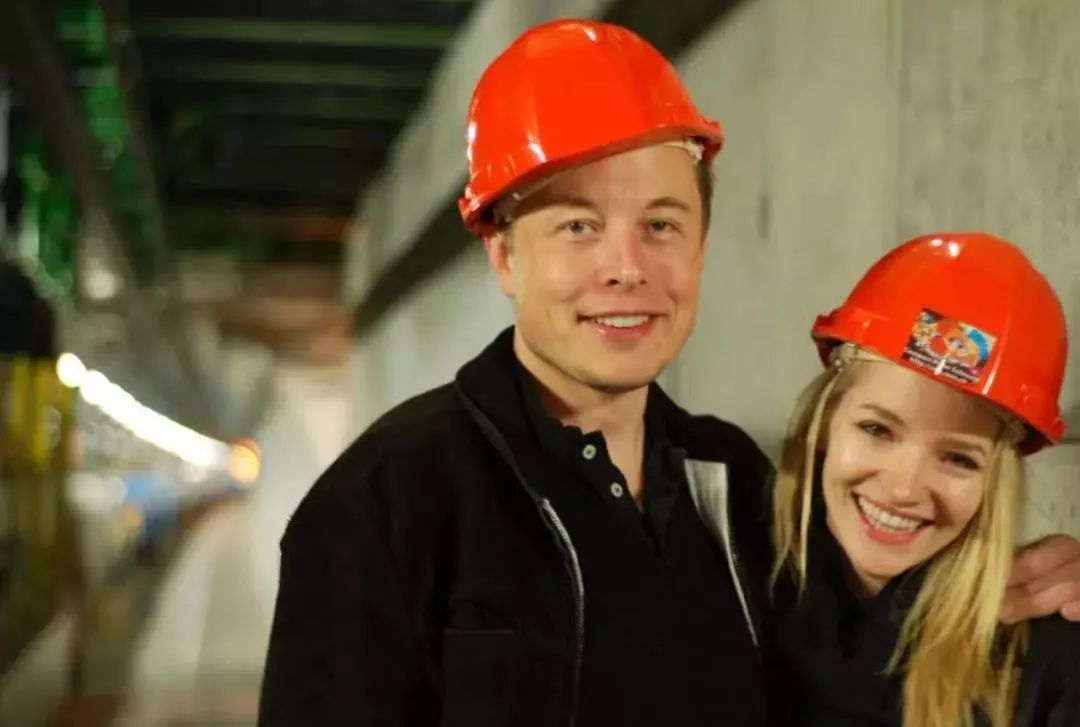

 * The Evolution of Tesla’s Electrical Architecture from Model S to Model 3
* The Evolution of Tesla’s Electrical Architecture from Model S to Model 3

This article is a translation by ChatGPT of a Chinese report from 42HOW. If you have any questions about it, please email bd@42how.com.
